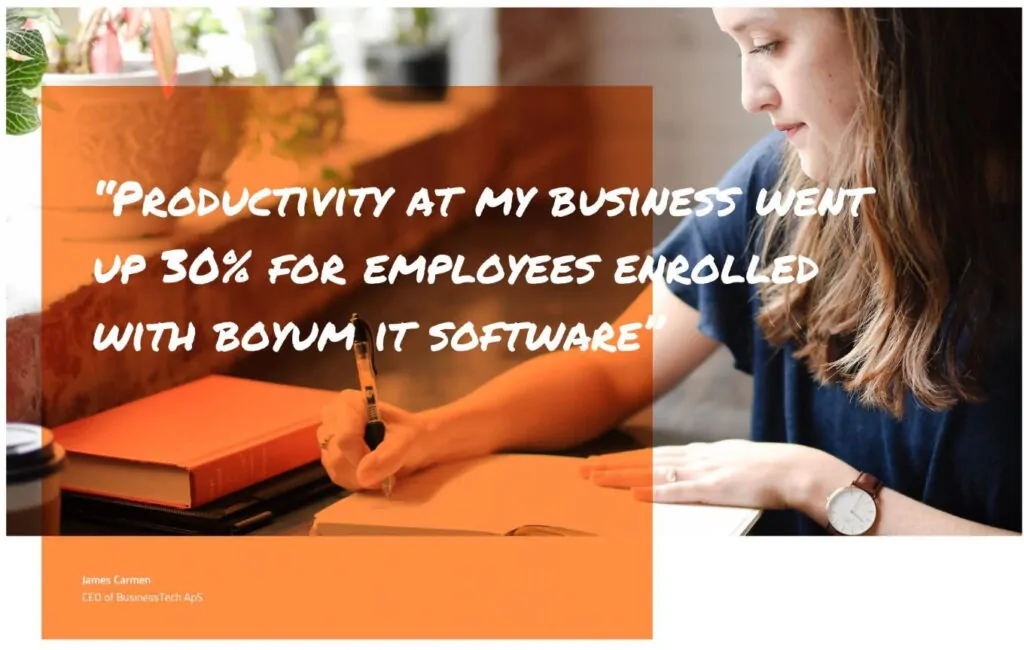Many might be surprised to hear that the principles of Lean can be applied to the accounting department. However, a high level comparison of traditional accounting with Lean quickly brings the rationale (and the benefits) into focus.
Without Lean, consider a traditional income statement. It often has notes, such as an inventory list, statement or perhaps invoices attached to the spreadsheet. Your department may be trying to explain how calculations were performed and how the difference between the forecasted amount and actual amount was arrived at. Obviously, to better understand it helps to have some degree of familiarity with the operations of the business and how things are documented. Without this knowledge outsiders are limited to how much they can understand in this type of traditional accounting.
In contrast, Lean accounting is much more precise and uses standards that experienced accountants and virtually all CPAs recognize and understand. For example, by taking into account the value stream in active accounting practices and defining production costs captured using Lean principles, there’s a clear value-finance connection. This supports better transparency of the true financial health of the company and makes it possible to maintain Lean accounting practices quarter-after-quarter, year-after-year.
What’s the upside? As in all aspects of an organization that Lean touches, there is less waste in financial control practices, and a clearer understanding of the impact in financial decisions. Knowing how decisions in the finance department affect the value stream, and how that in turn impacts customers satisfies the two fundamental objectives of Lean:
Enhancing processes centered on delivering the greatest value-benefit for the customer
Identifying wasteful activities and eliminating them as much as possible.
For a quick refresher, you might want to re-read our earlier article ‘Why Lean should be central to your ERP and corporate culture’.
Why Lean accounting is central to Lean operations
Now that we know how Lean accounting differs from traditional accounting, let’s drill down into the benefits from a manufacturing perspective.
As we saw, the reason Lean accounting seeks to highlight value added and non-value added processes is that it makes it easier to see and consider the financial impact Lean practices have on your business operations. It also helps enforce the application of Lean throughout the entire organization.
It’s crucial to examine all aspects of your business when transitioning to Lean management, especially your current accounting practices. What software is in use, what are the costs incurred while performing accounting operations, and how is value reflected within documentation?
In order to prepare for Lean, check on the aspects of your house below:
Identify your value streams (and directly-tied costing)
Define to the greatest degree possible the customer-identified value
Make cost reports available to all teams involved in delivery of value
Commit to continuous improvement in the process and accounting
Before plunging into the full-scale adoption of Lean accounting, manage your expectations and understand that the benefits will reveal themselves several quarters from now, not in a month or two.
Be Realistic
Going Lean in the finance department does not mean that a great deal of cash will suddenly appear immediately simply because waste is identified and eliminated within in-house processes. Only over time and following the adoption of Lean throughout your operations will significant savings emerge. Also, the full benefits of Lean will not happen to their greatest advantage unless solutions are created to solve other problems within the organization. It’s necessary to data mine the newly generated Lean financial data along with historical data to implement Lean fully in all departments. If this isn’t done or is done poorly, mistakes will continue to repeat and stifle growth.
Expect Resistance
It’s natural for people to worry that a transformational way of doing things could negatively impact them. Perhaps they fear they can’t adapt or they’re afraid they will be unable to maintain the status quo. The finance department personnel are potentially the most uncomfortable. They may fret that all of the education and experience they have will become irrelevant, especially if they think the business is moving away from standard accounting practices. It’s up to management to reassure all stakeholders that change is manageable and ensure everyone that they can make the transition successfully.
Explain the Benefits
Beyond a baseless fear of change, some in the organization, even the C-suite may have a perception that Lean accounting is costly. If this isn’t dealt with effectively, the result could be complacency in adopting the prescribed new practices. Be aware that ‘foot-draggers’ can undermine the success of the transition.
Demonstrate Examples of Lean Accounting
A good place to start is to illustrate how Lean accounting will allow for better decision-making with inventory visibility. Lean eliminates non-value added activity as well as wasteful labor and production. This drives improvement in shop floor activity and a clearer understanding of how value is transmitted to the customer. The end result is more cash within an organization and greater quality delivered to the customer.
In summary, what can you expect after implementing Lean accounting? In general our clients who’ve applied Lean have seen more predictable revenue, an increase of cash flow within the organization, overhead savings from less storage of inventory, and a more accurate pull system. You won’t have to depend on forecasting plan production as customer demand for well-understood SKUs and actual orders will be triggering production. Overall, Lean accounting will give you a clearer understanding of where value is distributed across labor, materials, production support, machines and equipment, facilities, and maintenance.
Tying it all together with Attivo All-In-One
We get it. Changing the way you manage something as mission-critical as your accounting is intimidating. As with all client engagements, our team of experts are with you every step of the way. Each module of our implementation is customized carefully to capture how your processes work to deliver maximum benefit. To explore Lean accounting and other topics in detail, book an appointment with our team here.
In this ongoing Lean Management series we’ll dive into more detail about how to apply the Lean Principles and the many ways we use them to support the processes, modules, and functionality of our Attivo-All-In-One solutions.
Attivo All-In-One, powered by SAP Business One has the most powerful and fully integrated analytic and reporting tools in the ERP software sector for small to mid-sized businesses. This makes it easier and more efficient to design and implement customized quality control processes and methods across your organization.





















